pam niedermayer
Established Member
- Joined
- 6 Sep 2006
- Messages
- 187
- Reaction score
- 0
Speaking from personal experience, you don't need huge hands nor is it uncomfortable, feels quite natural and good.
Pam
Pam


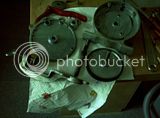
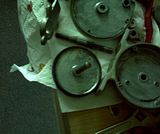
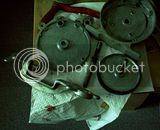
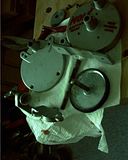
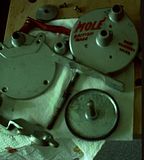
motownmartin":1vzvnkyp said:I found this old Plane in my Mums garage, it obviously used to be my Dads, he may have even made it himself.
I would like to get it looking decent, so the question is what are the do's and dont's.
Enter your email address to join: